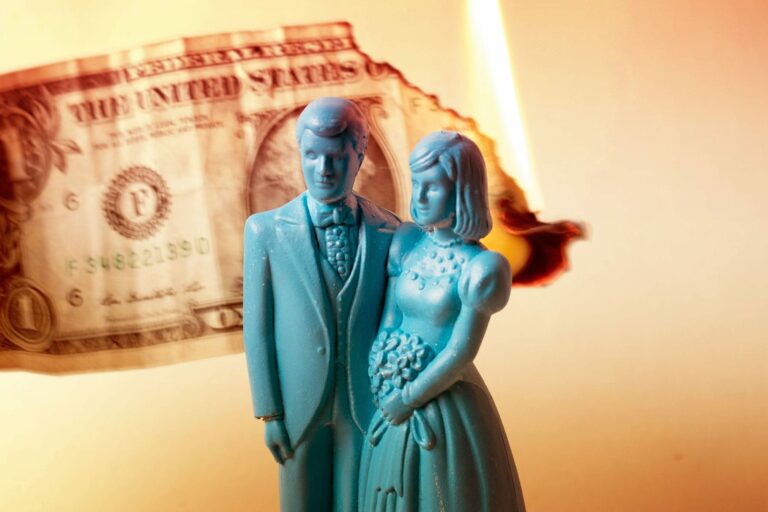Today marks the last day of October, the month that has investors in fear of the next big stock market crash (see Seasonal Insights Issue 20). This also means that today is Halloween and while there is something particularly spooky about this day, it actually marks the start of a period that tends to yield promising returns for investors.
What is commonly referred to as Halloween Effect or Halloween Strategy is the truism of increasing returns on the stock markets starting today. This is a widely discussed phenomenon that goes beyond the interest of seasonal experts like ourselves and has also been discussed by numerous scholars (Jacobsen & Visaltanachoti; Haggard & Witte; Maberly & Pierce; and many others). For this edition of our Seasonal Insights, we have decided to shed some light on this vividly discussed topic.
Halloween Effect is a global phenomenon
Firstly, we have decided to start looking at the first part of the Halloween Effect with the help of our Seasonax Web App. Like in previous Seasonal Insights, we have used our browser application and carried out a seasonal analysis. To come up with a comprehensive pattern, we have analyzed three of the most important stock indices from around the globe. We have always looked at the time-period from October 31st to January 3rd. Please note that these indices have been examined to show a general trend. Single assets can be filtered out, that show the same seasonal patterns but yield much higher returns.



Halloween Effect a reliable seasonal pattern
This seasonal analysis of three international patterns shows that there seems to be a decent amount of certainty for the stock prices to increase startingfrom October 31st. We are aware of the fact that, as investors, sectoral and individual analysis is necessary before acting. Our aim here was to show that the phenomenon is not just a trick, but actually occurs in reality. Furthermore, please note that the only years (of the respective time-period), when the effect did not occur was in 2007, 2008, 2015 and 2017(DAX). Jacobsen and Visaltanachoti (2009: 439) also make the point, that “contrary to other anomalies, we find that the seasonal effect does not disappear after being discovered”. This means there is a good chance that it will continue to reliably be a good indicator of when to invest with regards to seasonal patterns.
Use our application app.seasonax.com to find more seasonal investment opportunities that you could profit from. Again, there are no guarantees in the markets, but you can certainly let probabilities work in your favor!

